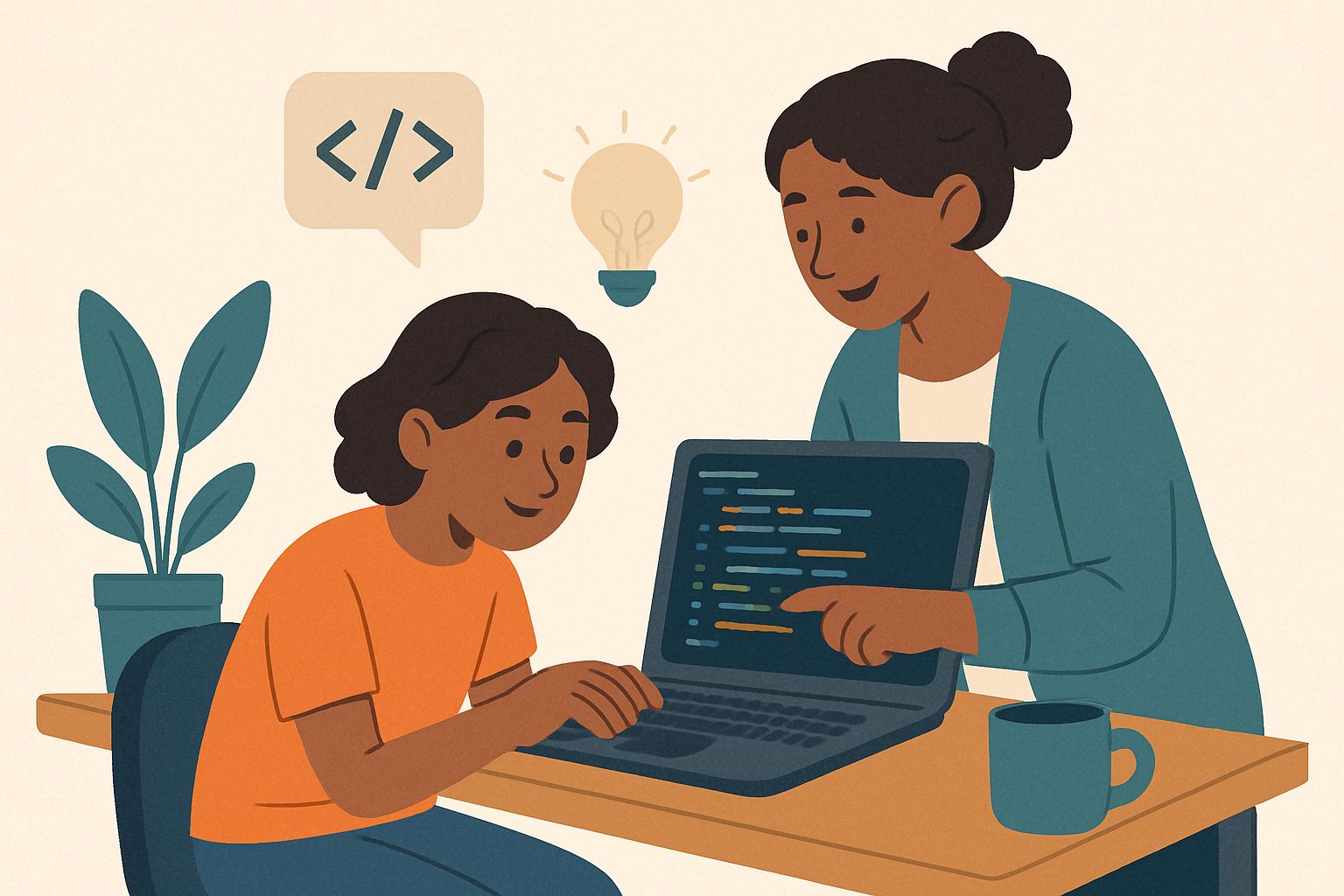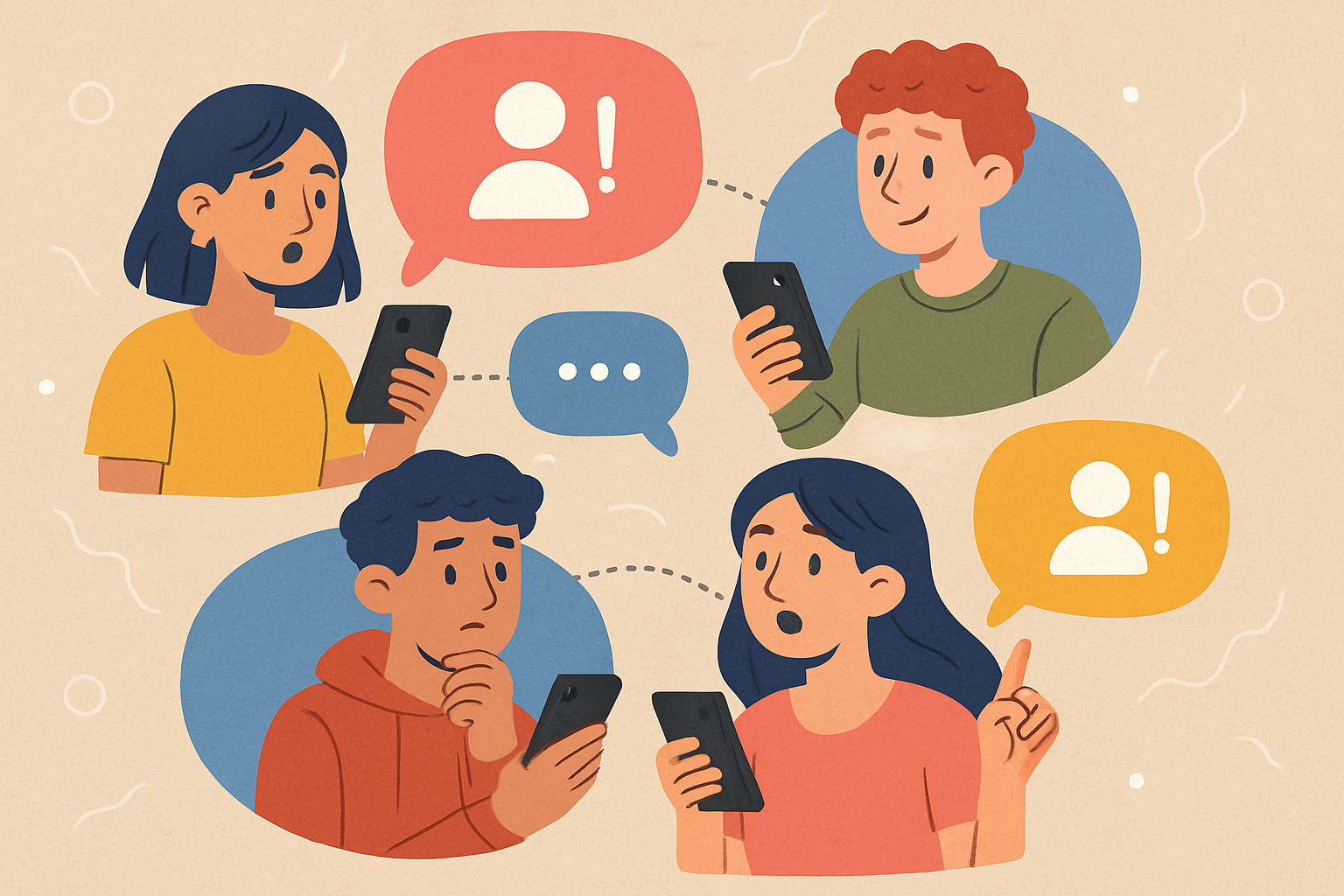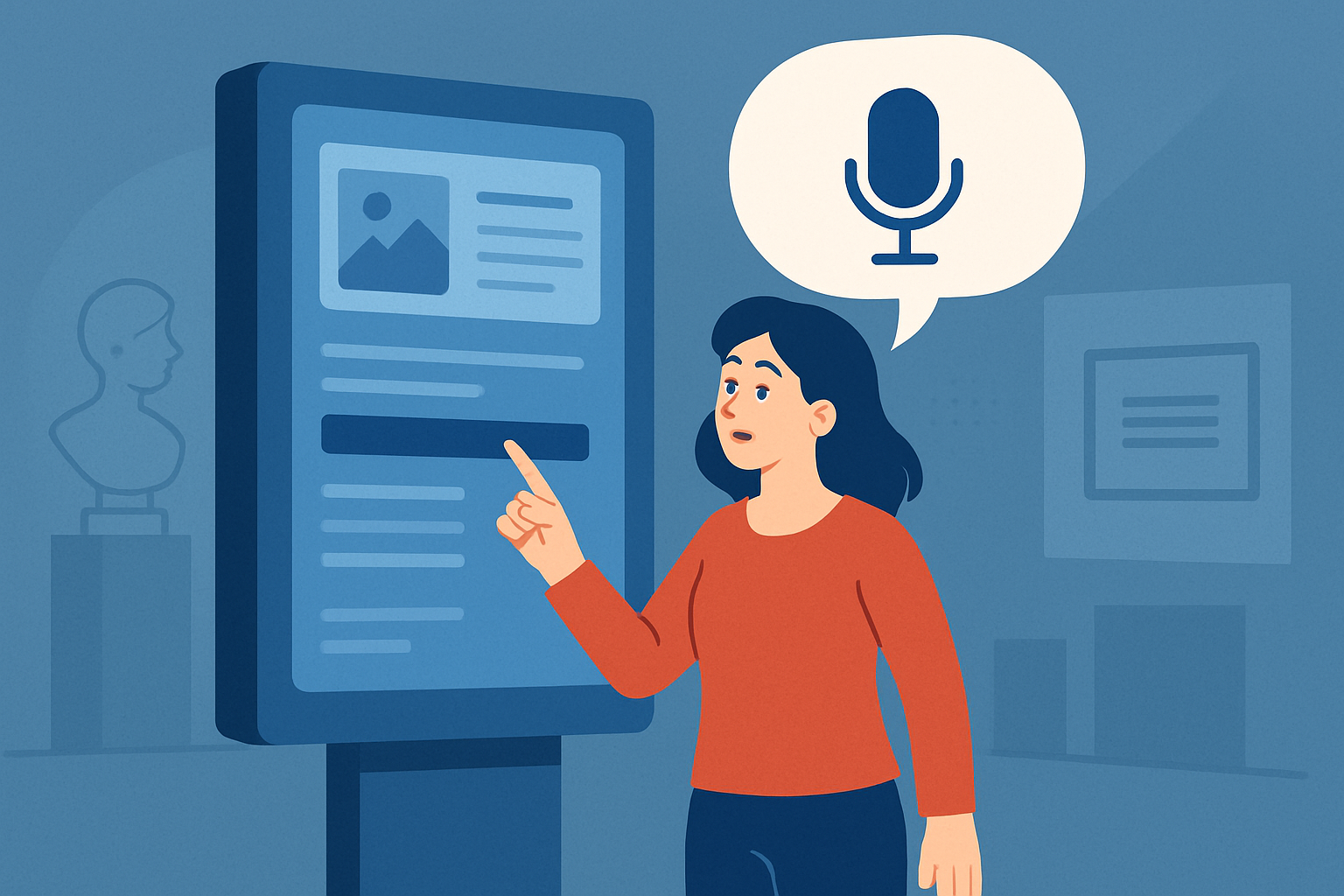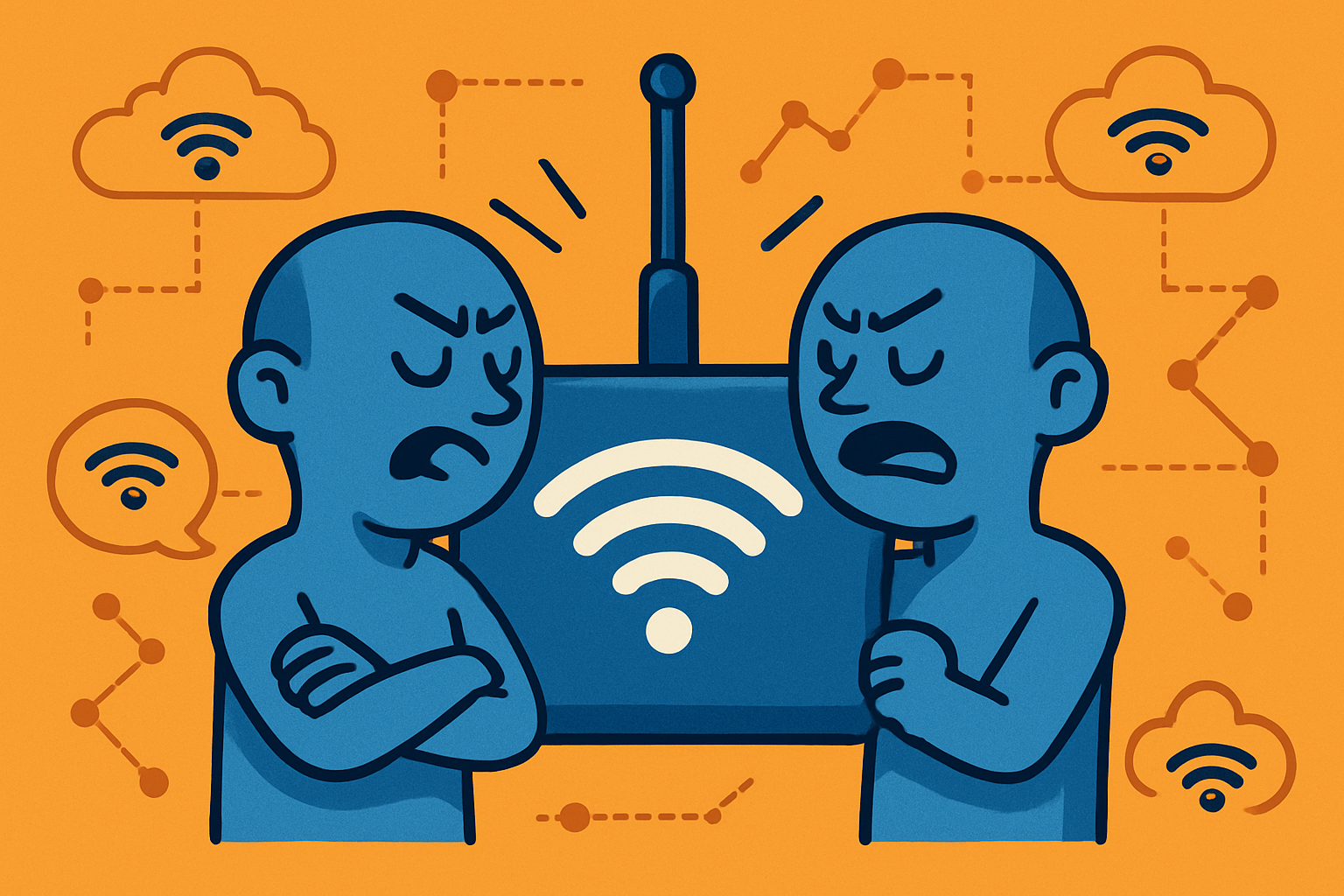
If you’ve ever opened a coding tutorial and felt lost by line two, you’re not alone. Hurtado et al. describe a simple idea that helps: teaching beginners with a platform that guides you step by step, provides clear feedback, and recommends the next thing to learn based on your progress. Their tool, Protoboard, suggests learning materials by combining teacher input with intelligent rules about difficulty, and it adapts to each student rather than presenting the same content to everyone. Think of it like a friendly playlist for studying Java: it starts with easier “tracks,” then levels you up as you demonstrate your readiness. The system uses fuzzy-rule recommendations tied to beginner, medium, and advanced learning objects, along with basic metadata such as audience and format, to determine what you should see next.
When you open a unit, Protoboard prompts you to read the short lesson first and then try two types of practice: one where you fill in missing code and another where you start from a blank page. This order matters because it builds confidence before throwing you into the deep end. The app also checks for good habits—clear variable names, proper use of brackets, clean structure—and points out exactly what went wrong when you slip. That means your mistakes turn into quick lessons instead of long detours on Stack Overflow. In plain terms: you see what to fix, why it matters, and what “good” looks like.
Does this approach actually help? Hurtado et al. tested it with 112 students across two universities, focusing on classic control structures like if/else, switch, while, do-while, and for. After studying a topic, each student completed a pair of exercises (one “complete the code,” one “from scratch”). On average, students needed roughly one to three tries to get programs right—evidence that the feedback and structure were doing their job. The trickiest bits were usually the if/else cases, which makes sense for beginners; still, most learners landed the solution in just a few attempts.
Why should you care if you’re just starting out? This study suggests a smoother and less frustrating way to learn. A tool that nudges you to read first, practice right after, and adopt clean habits can save you time and make your code easier to grow later. Teachers benefit too—they can see how many attempts a task takes and adjust lessons or add new examples where people stumble. For you, that means clearer instructions, more tailored practice, and faster progress. If you’re curious about coding, look for resources that copy these ideas: short lessons, immediate practice, precise feedback, and gradual difficulty. Small wins stack up, and with the right nudges, you’ll go from “What is this bracket doing?” to “I’ve got this” much faster than you think.
Reference:
Hurtado, C., Licea, G., García-Valdez, M., Quezada, A., & Castañón-Puga, M. (2020). Teaching computer programming as well-defined domain for beginners with protoboard. Advances in Intelligent Systems and Computing, 1160 AISC, 262–271. https://doi.org/10.1007/978-3-030-45691-7_25
Privacy Notice & Disclaimer:
This blog provides simplified educational science content, created with the assistance of both humans and AI. It may omit technical details, is provided “as is,” and does not collect personal data beyond basic anonymous analytics. For full details, please see our Privacy Notice and Disclaimer. Read About This Blog & Attribution Note for AI-Generated Content to know more about this blog project.



